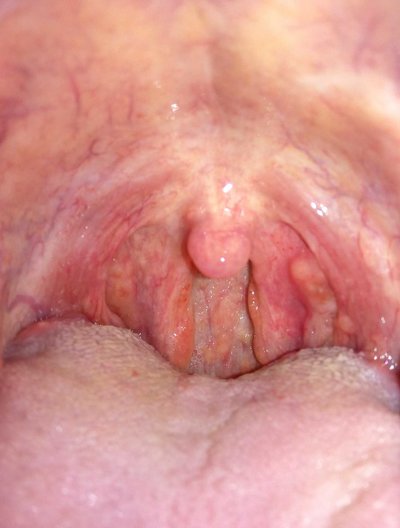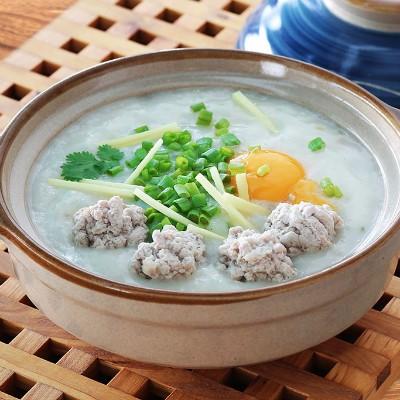How does pharyngeal neurilemmoma do?
summary
Pharyngeal neurilemmoma is a tumor of peripheral cranial nerve, sympathetic nerve and its branches. It mainly occurs in the posterior and lateral pharyngeal wall. Histologically, neurilemmoma can be divided into neurofibroma and neurilemmoma (Schwann's disease). How does pharyngeal neurilemmoma do?
How does pharyngeal neurilemmoma do?
Common symptoms: pharyngeal foreign body sensation, dysphagia, dyspnea, pain, hearing loss. The growth of the disease is slow, and it may be asymptomatic when it is relatively small. Occasionally, it may have foreign body sensation or obvious discomfort, and then dysphagia and voice changes. Larger tumors may have dyspnea, nerve compression may have pain, and those located in the nasopharynx may have hearing loss. Physical examination showed that there were round protrusions on the posterior and lateral walls of the pharynx and mucous membrane on the surface; The tumor is large, soft palate swelling, or more than the pharyngeal midline, palatal arch, tonsil and so on. Palpation can reach a hard mass, sometimes in the same direction as the cranial nerve, with signs of nerve involvement.

Postoperative biopsy: histologically, schwannoma can be divided into neurofibroma and schwannoma (Schwann's disease). Neurofibroma is mainly composed of Schwann cells, but its stroma is composed of collagen fibers and mucoid components. The tumor has an effective and obvious capsule, and it is difficult to find its origin nerve. Its texture is hard, and its section is light gray. Microscopically, the tumor cells are spindle shaped and twisted, often spindle shaped and arranged into thin bundles. There are a lot of collagen fibers, hyaline degeneration and mucoid matrix between the cells, showing the staining reaction of mucopolysaccharides. Schwannoma originates from Schwann cells of nerve fibers and has a membrane composed of nerve adventitia. The originating nerve can attach to the capsule or under the capsule, but does not pass through the tumor. The tumor is soft or hard, with wave motion, yellowish brown or grayish red, with bleeding points. Microscopic examination shows that the cells are arranged in a tight palisade shape, with or without nuclei, or in a loose network with watery matrix.

The smaller tumors can be removed through the pharynx, and the larger tumors can be removed through the neck or combined with the pharynx. Surgical treatment is the first choice of treatment. The suboccipital retrosigmoid approach is often used in the operation. The location of the facial and auditory nerves should be carefully identified under electrophysiological examination, and the above nerves should be preserved as far as possible. The posterior wall of the internal auditory canal should be removed in order to achieve total tumor resection.
matters needing attention
There is no effective preventive measures. Choose a plant-based diet, usually eat vegetables, fruits, beans and coarse processed staple food, these foods are not only conducive to the prevention of cardiovascular and cerebrovascular diseases, but also conducive to the prevention of cancer. Reasonable diet and avoidance of irritating food are also important preventive measures; At the same time, do not work in vain; It is very important to help spleen and stomach, strengthen physique, improve immunity and disease resistance.

















